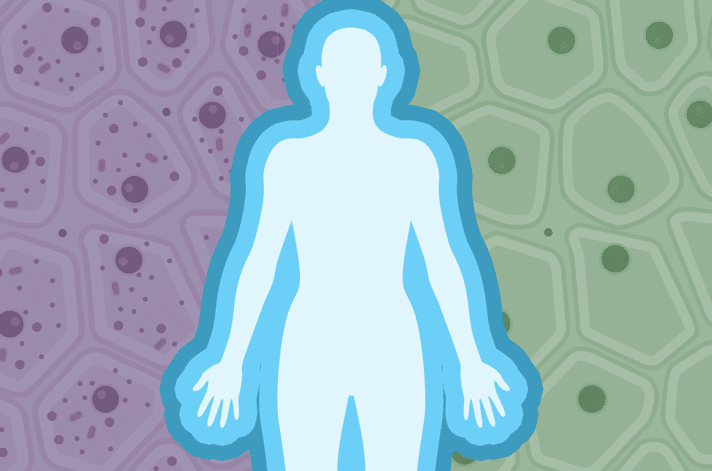The human immune system is a network of highly specialized cells that surveil all tissues and coordinate the body’s response to pathogens, antigens, toxins, tissue damage, and tissue changes. The variety and broad spread of immune system components presents a considerable challenge when researching how their relationships are organized. Most current knowledge of immune physiology comes from studies on peripheral blood. Rarer tissue studies are performed mainly on diseased tissues, with organ donors providing most of the non-diseased tissue available for investigation.
Innate and adaptive immunity are the two major aspects of the immune response. Innate immune activity is triggered mainly by pathogens and dying cells, while adaptive immunity involves generation of memory responses to specific antigens and maintenance of long-term immunity. Both arms of immunity possess multiple discrete cell populations in circulation as well as within tissues. Examples of tissue-dwelling cells include macrophages, mast cells, and dendritic cells of the innate immune system, and tissue-specific B and T lymphocytes of adaptive immunity. Circulating cells of innate immunity include neutrophils, monocytes, and natural killer cells, while varieties of circulating T and B lymphocytes support adaptive immune function.
In this review, the authors discuss how development, aging, tissue location, and disease reshape the immune response, and describe how refining our views on tissue-specific immunity will aid the development of better-targeted therapies for many conditions.
The Entire Body Encompasses the Immune System

CONCLUSION
The immune system is comprised of cells distributed throughout the body. While historical studies of immune cells have largely been conducted on easily-accessed peripheral blood, research on tissue-residing cells has been lacking. New research methods will provide profound insight into immune dysfunction and enhance future efforts in developing vaccines and other targeted therapies.

